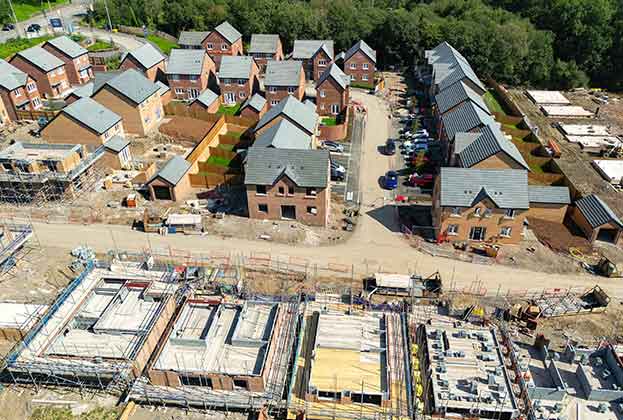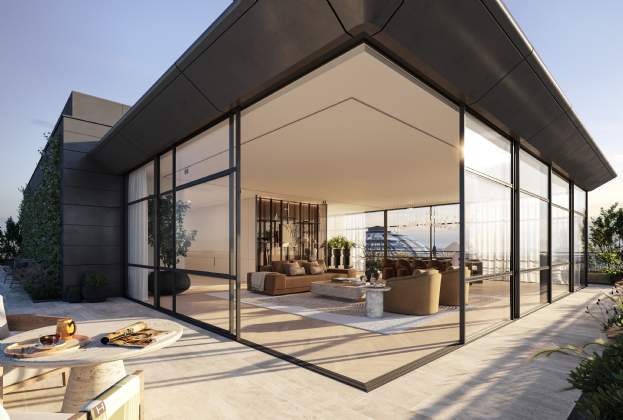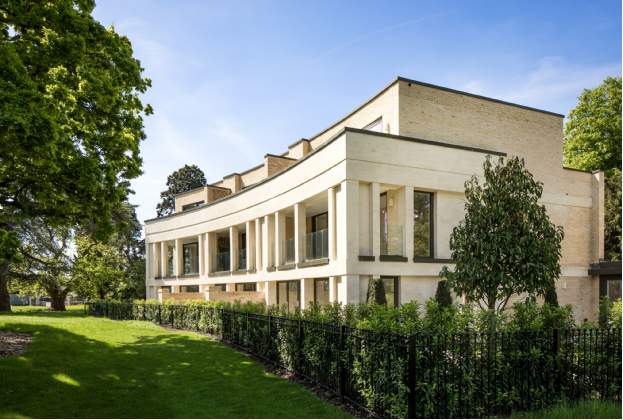Are you someone who loves the thought of moving into a brand new home or would you only ever consider living somewhere with a bit of history under its belt? If you fall into the latter camp, developers and housebuilders may well try to change your mind.
The Government's Help to Buy programme has been a major factor in the strong performance of the new build sector but the scheme becomes more restricted from next year onwards and is scheduled to end in 2023. So broadening the appeal of new homes to attract those who would otherwise buy older properties is one important way to support future sales.
Examining the profile of current new homes buyers helps pinpoint where the potential to increase uptake lies.
YOUNG FAMILIES (AGED 18 TO 40 WITH CHILDREN)
This is the largest buyer group in the new build market, making up 30 per cent of owner-occupier purchases. They have the greatest tendency to buy new homes over second-hand ones and their significant use of Help to Buy has enabled them to buy slightly larger and higher value homes – 8 per cent bigger and 22 per cent more expensive – than in the second-hand market.
Unless there is comparable financial support post-Help to Buy, lower income young families will be unable to buy new, and continuing to attract those with higher incomes will need to be a key focus for the sector. Providing affordable family homes in areas with good primary schools, nurseries, playgrounds and parks will be important.
YOUNG COUPLES AND SINGLES (AGED 18-40 WITHOUT CHILDREN)
These buyers have a higher than average tendency to opt for new. They have 30 per cent higher incomes and pay 26 per cent more for a new home compared with those buying second hand, despite choosing similar sized properties of around 900 sq ft.
Providing more homes of this size in well-connected places with access to cafés, restaurants and convenience retail will be key. Health and wellbeing amenities will also be important in order to attract this group as could nurseries and playparks for those considering starting a family.
ESTABLISHED FAMILIES (AGED 41-60 WITH CHILDREN)
Accounting for 18 per cent of new build sales to owner-occupiers, this group is only slightly more likely to buy new than the average buyer. They buy the largest new homes, averaging 1,200 sq ft-18 per cent bigger than in the second-hand market. They have similar incomes to their second-hand market contemporaries, but they pay 21 per cent more on average and a significant proportion uses Help to Buy.
Providing larger homes that this group can still afford in areas with schools, parks, sports facilities and convenience retail are important factors.
MID-AGED COUPLES AND SINGLES (AGED 41-60 WITHOUT CHILDREN AT HOME)
Only 7 per cent of these buyers go for a new home over a second-hand one and they rarely use Help to Buy. Like those living with children, they choose much larger homes when buying new build; however, their incomes are 24 per cent higher and their homes 29 per cent more expensive than those buying second hand.
Good local amenities and spacious accommodation within a strong community setting are incentives here. If the current 7 per cent of buyers rose to 10 per cent it would equate to 4,900 more sales a year.
OVER-60S
Again just 7 per cent buy new and those who do so have 27 per cent higher incomes and are more likely to choose a flat or a detached house compared with those focused on the second-hand market. Energy efficiency, ease of maintenance, strong communities and good services are all relevant here.
There is a huge opportunity to provide attractive housing for this group – many are living in large family homes and could downsize if suitable, appealing stock is available to meet demand. If 10 per cent of the current over-60s market could be attracted to new build, it would represent 3,800 more sales per year.
.jpg)
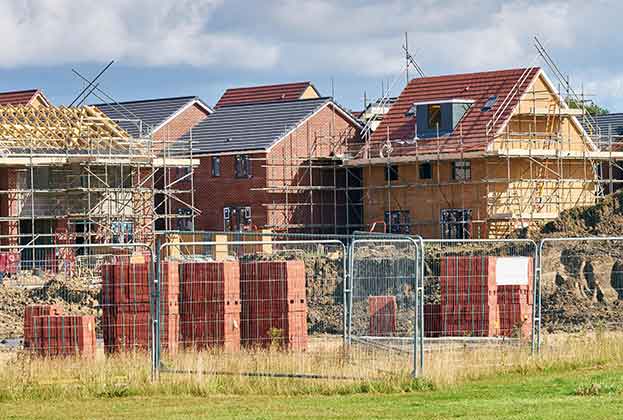
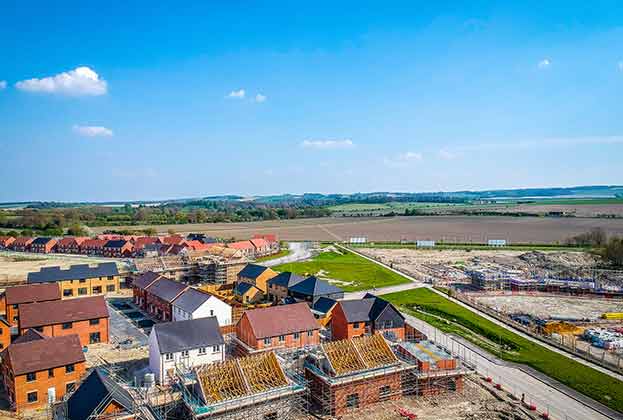
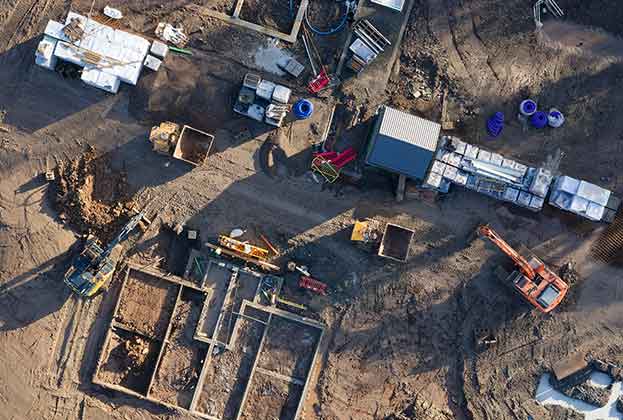
.jpg)
